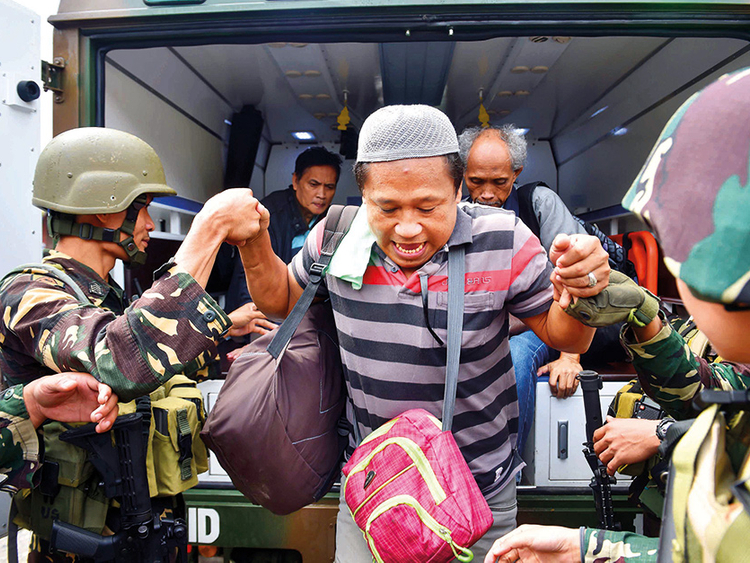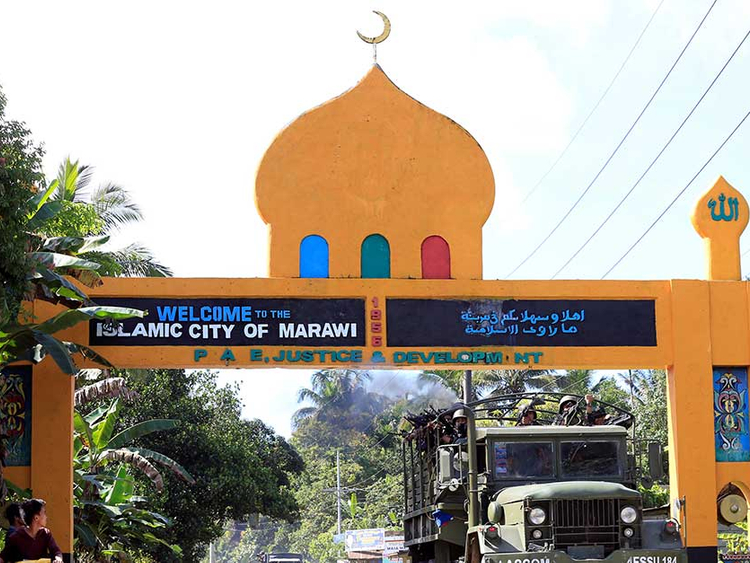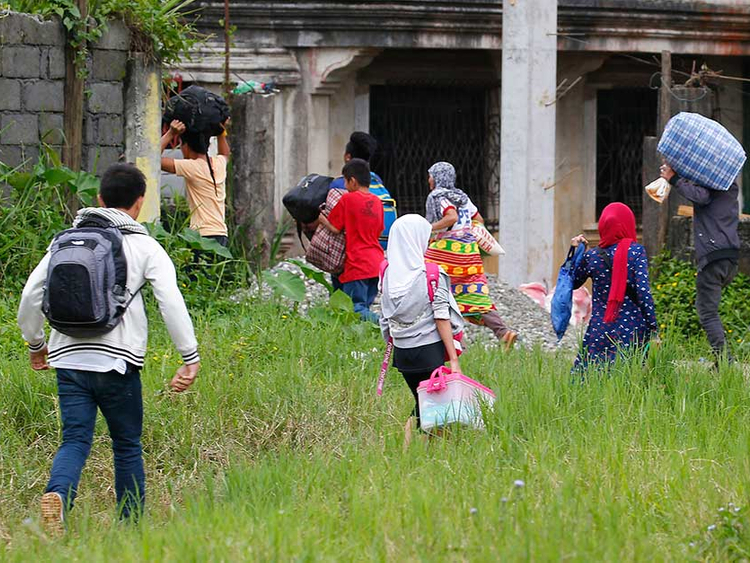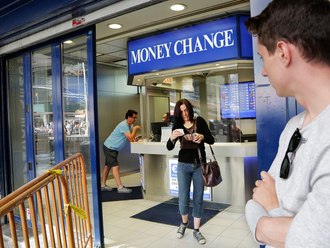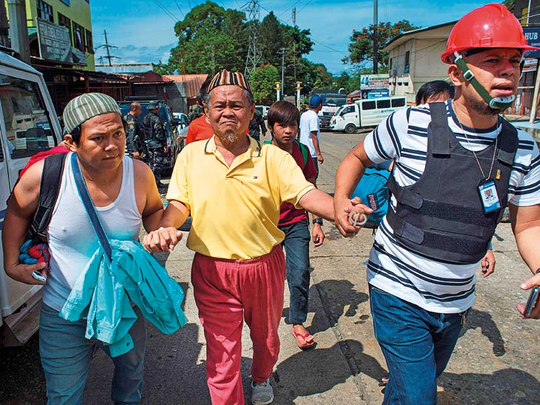
Manila: Nearly 100,000 students who were displaced by the takeover of Islamist militants in a southern Philippine city will be allowed to transfer to universities of their choice nationwide, even if they do not have school records with them, a senior official has said.
“The Commission on Higher Education (CHED) will be issuing, in the next few days, an advisory to all universities to immediately accept students coming from Marawi-affected areas — if they want to transfer.
"In light of the problem that we are encountering in Marawi, their (student) records can come later (for their registration in new schools),” CHED Commissioner Prospero de Vera said.
“The commission en banc has already approved this particular advisory in its last meeting on June 17,” de Vera said, adding that CHED was also discussing the transfer of college professors and instructors who were displaced by the crisis — to other educational institutions where they could get higher education and additional training.
“I am in constant touch with President Habib Macaayong of Mindanao State University in Marawi City and Chancellor Sukarno Tanggol of MSU-Iligan Institute of Technology (IIT) (in nearby Iligan City). We will provide the necessary assistance as needed if there are problems they encounter as far as their students are concerned,” de Vera said.
Since MSU Marawi and MSU-IIT will open their classes in August, they are not yet affected by disruption of classes, de Vera said. Both campuses have a significant number of evacuees.
Established in 1961, MSU has a total of 69,000 students, including 45,990 undergraduates and 3.055 post graduates.
It has 3,100 faculty members, including 1.338 academic staff in college.
Established in 1968, MSU-IIT has a total of 11,958 students, including 10,768 undergraduates, 552 postgraduates, and 140 doctoral students. It offers high school education — it started as Iligan City High School in 1946 before it became part of the MSU system in 1968.
The two state universities already account for 80,000 displaced students. There are about 20,000 more students in some 21 private schools in Marawi City who were affected by the crisis, a source said, adding the estimated number of 100,000 affected students who must study somewhere else also include Marawi-based elementary students.
All the students among the evacuation centre-based and home-based internally displaced people (IDPs) are bound to study elsewhere — outside of Marawi City, and other affected places such as Lanao del Sur and Lanao del Norte provinces, and Iligan City, predicted Defence Undersecretary Recardo Jalad, executive director of the National Disaster Risk Reduction and Management Council (NDRRMC).
Militant attacks in Marawi City displaced a total of 324,406 people — including 218,551 residents of Marawi City and 124,406 from Marantao municipality, both in Lanao del Sur province.
Only five per cent or 16,220 were placed in 79 evacuation centres in Lanao del Norte, Lanao del Sur and in nearby Cagayan de Oro City.
Ninety five per cent or 308,185 have been staying with relatives and friends, said Jalad.
When four- grade storm Typhoon Haiyan (Yolanda) devastated central Philippines in November 2013, CHED also ordered all schools nationwide to accept typhoon-hit students with incomplete records.


